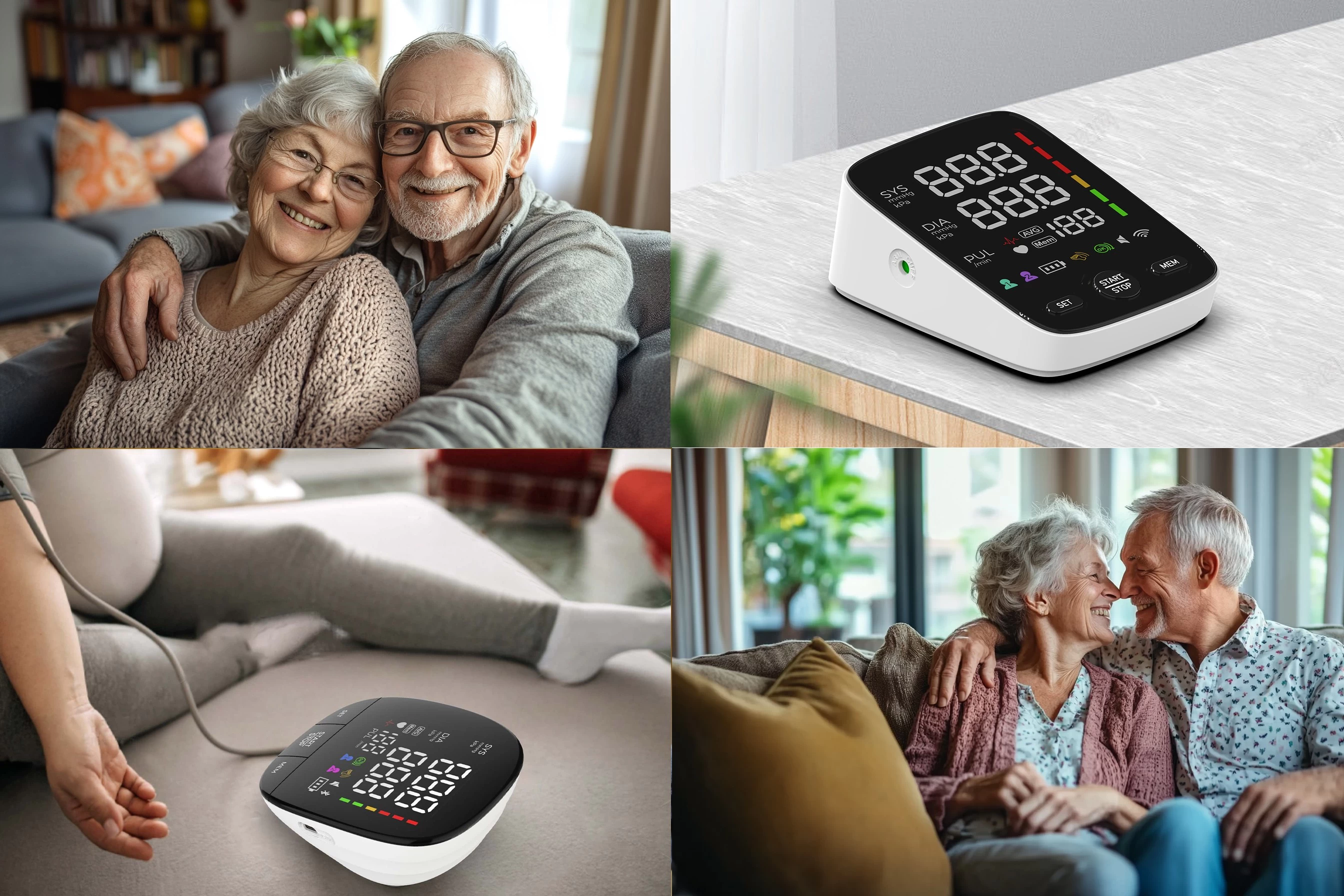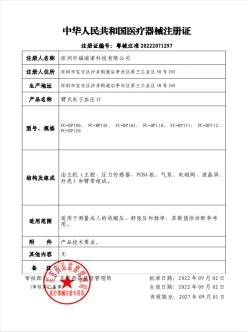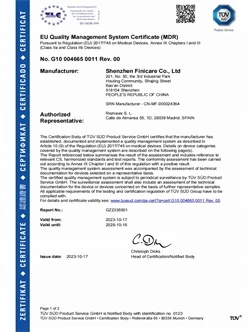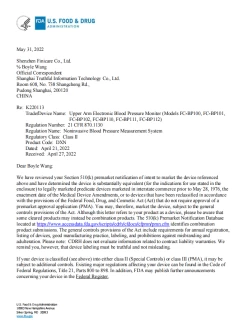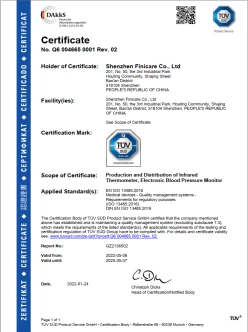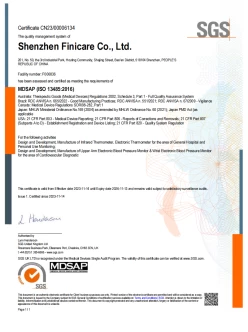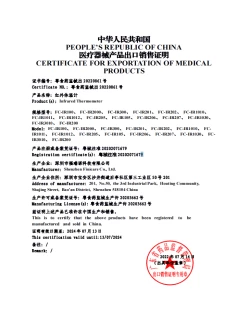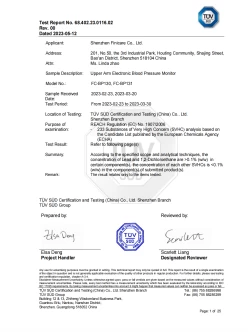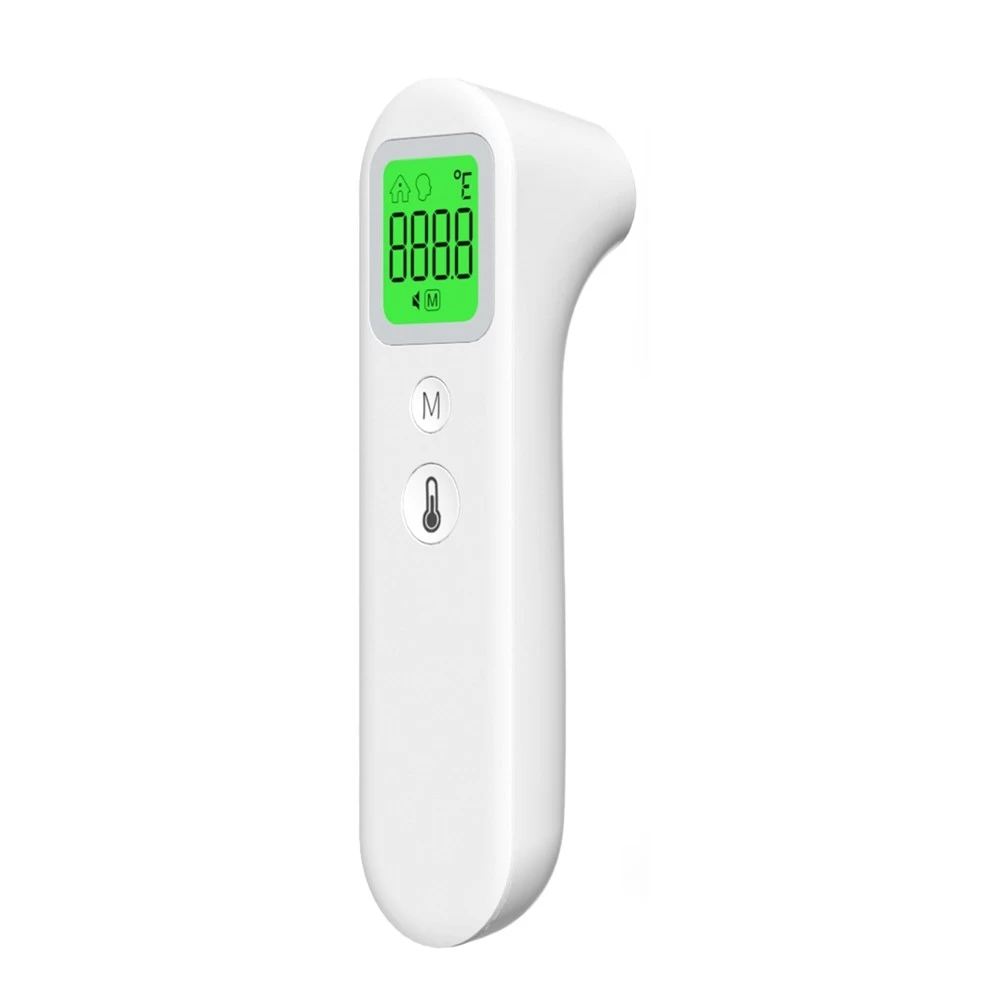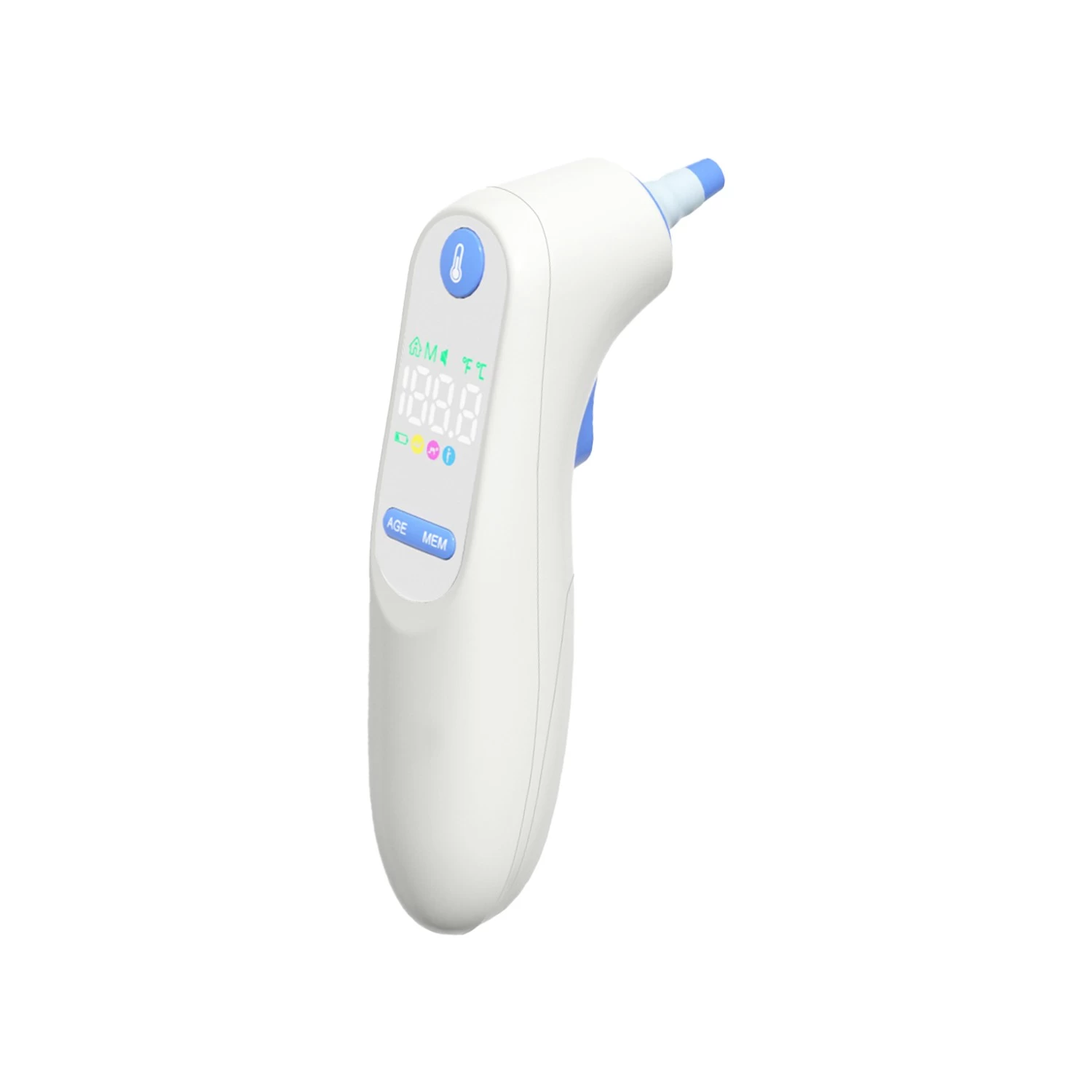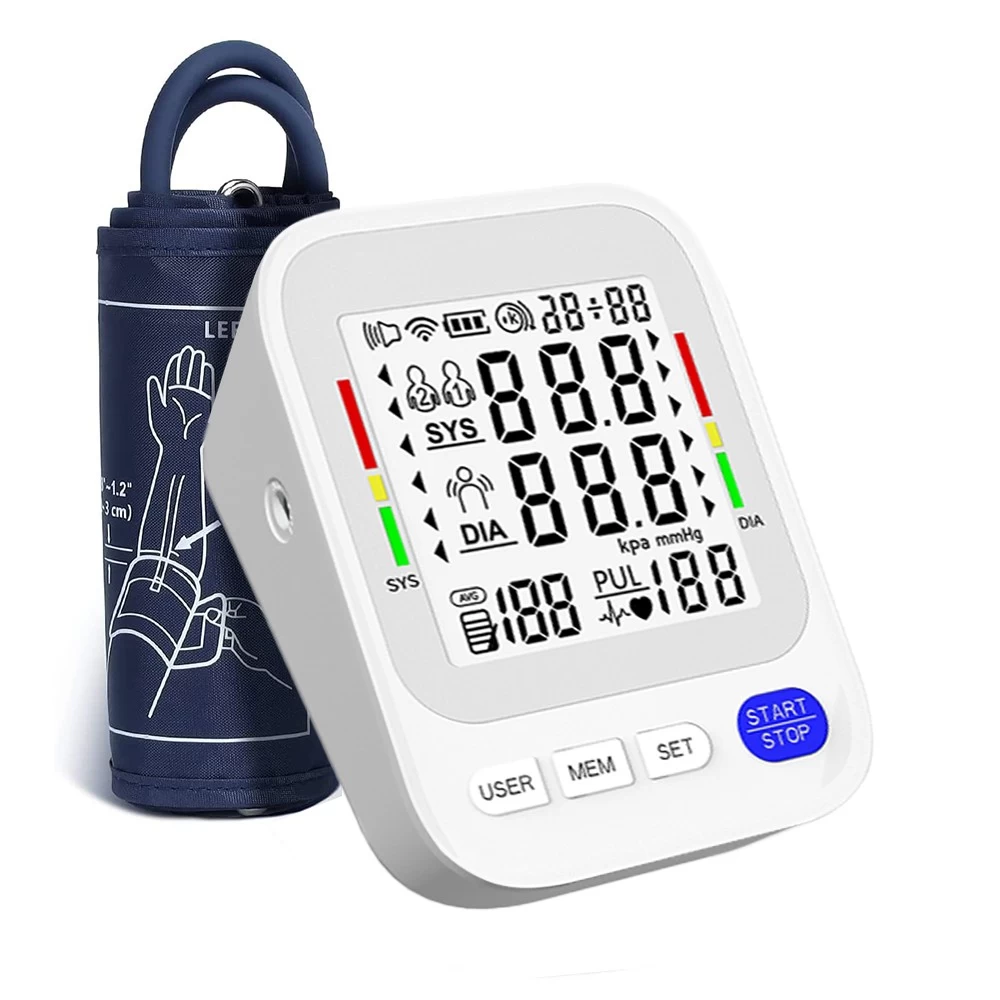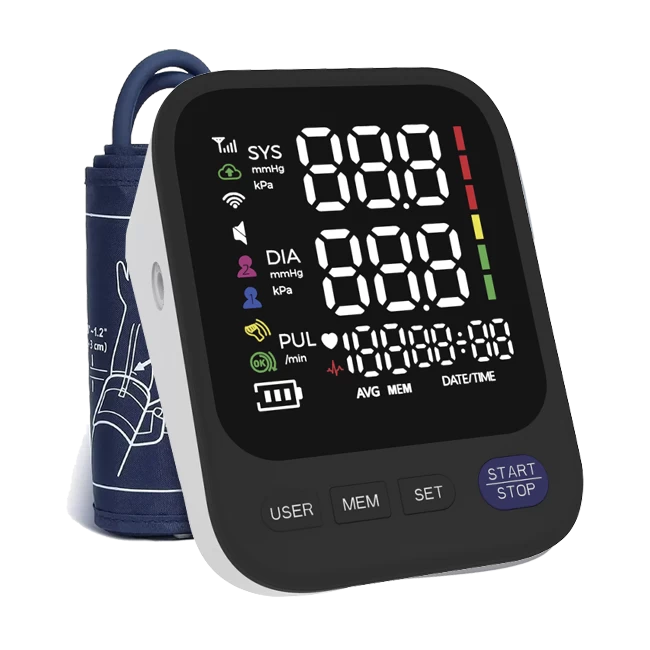Maximizing the Benefits of a Blood Pressure Monitor
Maximizing the Benefits of a Blood Pressure Monitor
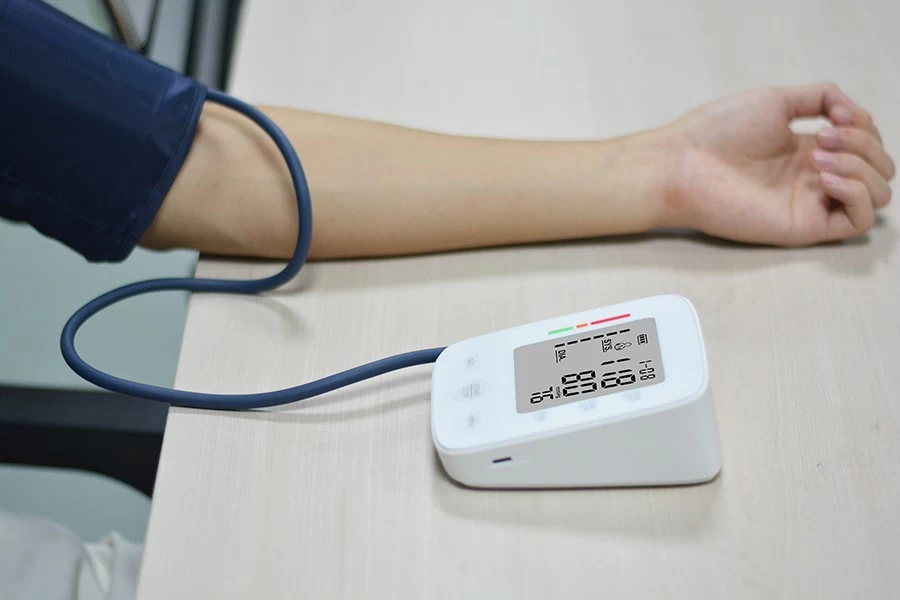
Regular blood pressure monitoring is a cornerstone of proactive health management, providing valuable insights into your cardiovascular health. To fully benefit from your blood pressure monitor, it’s essential to use it correctly and incorporate it into your daily routine. Here’s how to maximize its potential and take charge of your well-being.
1. Select the Right Blood Pressure Monitor
2. Prepare for Accurate Measurements
3. Follow the Correct Measurement Procedure
4. Interpret Your Blood Pressure Readings
6. Incorporate Monitoring into Your Routine
7. Combine Monitoring with Healthy Lifestyle Choices
1. Select the Right Blood Pressure Monitor
Choosing the right device is the first step toward accurate monitoring. Consider these factors:
- Type of Monitor: Upper arm monitors are preferred for their accuracy, while wrist monitors offer portability but require precise positioning for reliable readings.
- Cuff Fit: Ensure the cuff size matches your arm for consistent results.
- User-Friendly Features: Look for easy-to-read displays, memory storage, and app connectivity for seamless data tracking.
- Validation: Select monitors certified by reputable medical organizations to ensure quality and reliability.
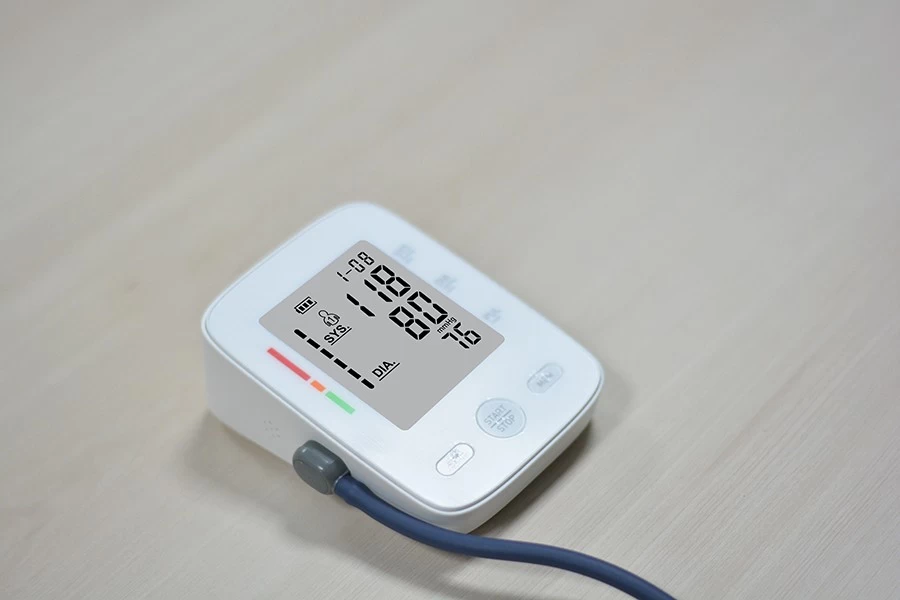
2. Prepare for Accurate Measurements
Proper preparation is key to obtaining accurate blood pressure readings. Before measuring:
- Relax and Rest: Sit calmly for at least five minutes in a quiet environment.
- Avoid External Factors: Refrain from smoking, consuming caffeine, or engaging in physical activity for at least 30 minutes prior.
- Check Your Posture: Sit upright with your feet flat on the floor and your back supported. Rest your arm at heart level.
Taking these steps helps eliminate temporary factors that may influence your blood pressure.
3. Follow the Correct Measurement Procedure
Using the proper technique ensures reliable readings:
- Position the Cuff Correctly: Wrap the cuff snugly around your upper arm, leaving about 1 inch (2–3 cm) above your elbow.
- Stay Still and Silent: Avoid talking, moving, or crossing your legs during the measurement.
- Take Multiple Readings: For consistency, take two or three measurements, spaced one minute apart, and average the results.
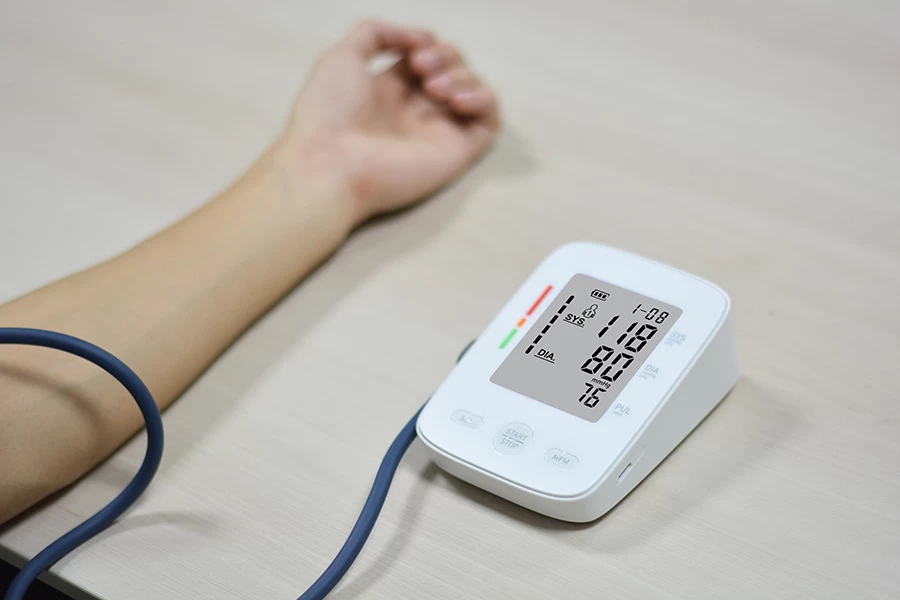
4. Interpret Your Blood Pressure Readings
Understanding your blood pressure numbers allows you to take timely action. Blood pressure is categorized into:
- Normal: Systolic <120 mmHg and diastolic <80 mmHg
- Elevated: Systolic 120–129 mmHg and diastolic <80 mmHg
- Hypertension Stage 1: Systolic 130–139 mmHg or diastolic 80–89 mmHg
- Hypertension Stage 2: Systolic ≥140 mmHg or diastolic ≥90 mmHg
If your readings consistently fall into elevated or hypertensive ranges, consult your healthcare provider for guidance.
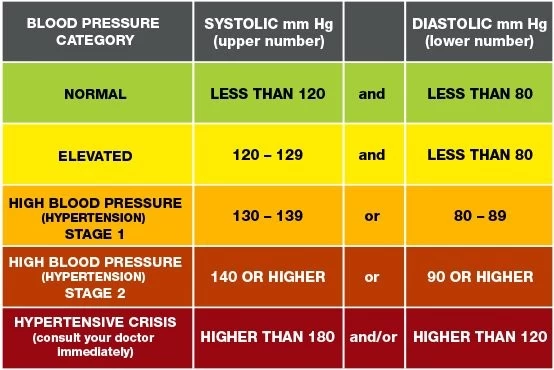
5. Keep a Detailed Record
Maintaining a log of your blood pressure readings helps track trends and provides valuable data for healthcare consultations. Include:
- The date and time of each measurement.
- Your systolic and diastolic readings.
- Notes on factors such as stress, physical activity, or recent meals.
Modern devices often sync with smartphone apps, making it easier to store and analyze your data.
6. Incorporate Monitoring into Your Routine
Consistency is key to effective blood pressure management. To make monitoring a habit:
- Measure Regularly: Check your blood pressure at the same time each day, such as in the morning or evening.
- Set Reminders: Use alarms or notifications to stay on schedule.
- Link to Existing Habits: Pair monitoring with daily activities like brushing your teeth or having breakfast.
7. Combine Monitoring with Healthy Lifestyle Choices
Regular monitoring is most effective when paired with a heart-healthy lifestyle. Focus on:
- Dietary Adjustments: Reduce sodium intake and incorporate more fruits, vegetables, whole grains, and lean proteins.
- Physical Activity: Aim for at least 150 minutes of moderate exercise weekly.
- Stress Management: Practice relaxation techniques like deep breathing, yoga, or meditation.
- Adequate Sleep: Prioritize 7–9 hours of quality sleep each night.
These habits can significantly improve your blood pressure and overall cardiovascular health.
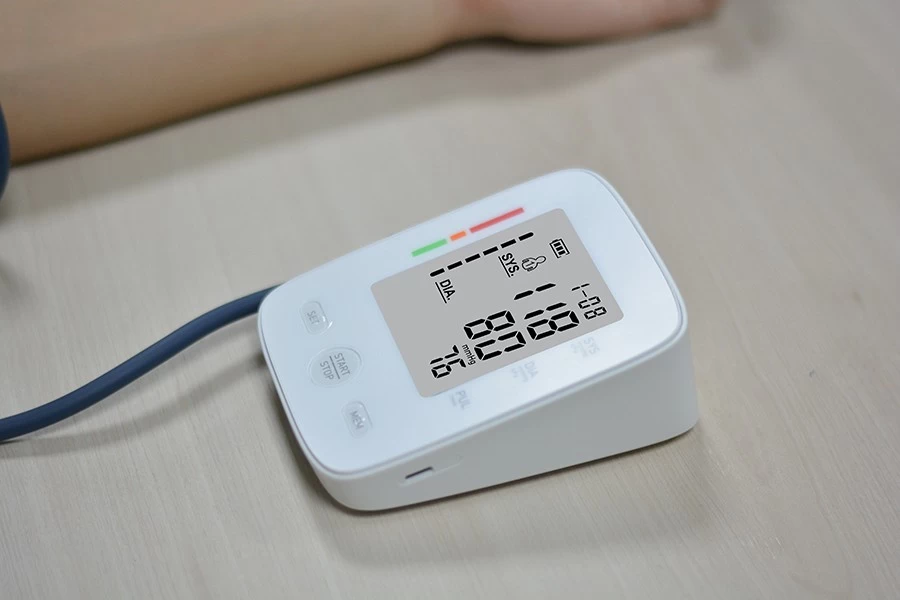
Conclusion: Empower Your Health with Proactive Monitoring
A blood pressure monitor is more than just a device—it’s a powerful tool for taking control of your health. By selecting the right monitor, using it correctly, and integrating it into your daily life, you can gain valuable insights, address potential issues early, and maintain a healthier lifestyle.
With consistent monitoring and a commitment to positive lifestyle changes, you can stay ahead of potential health challenges and enjoy a better quality of life. Let your blood pressure monitor be a trusted partner on your journey to optimal well-being.
